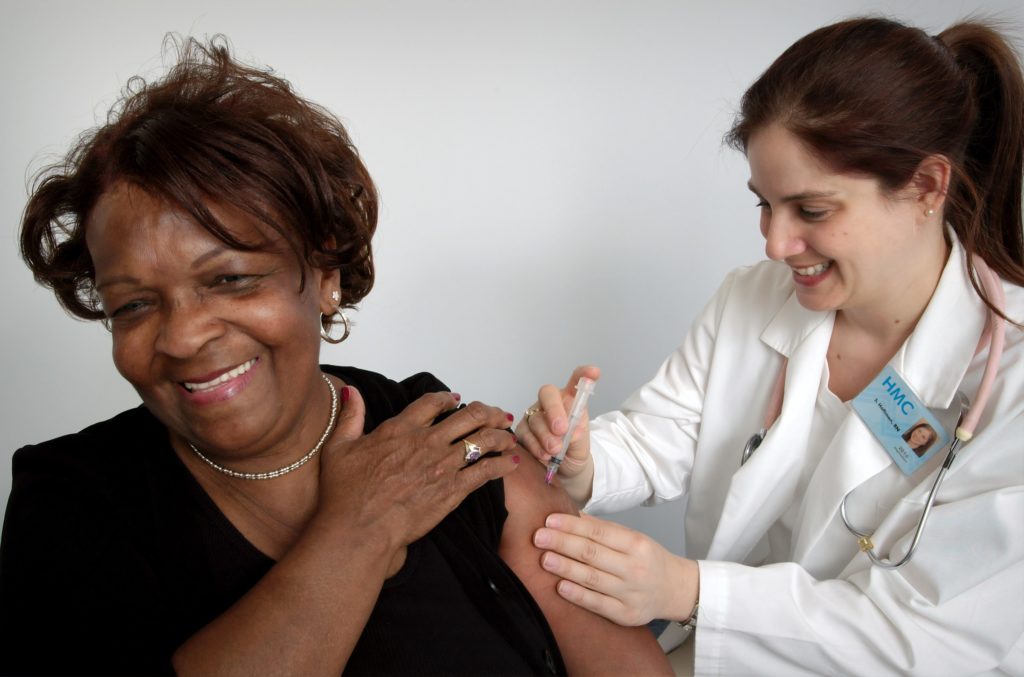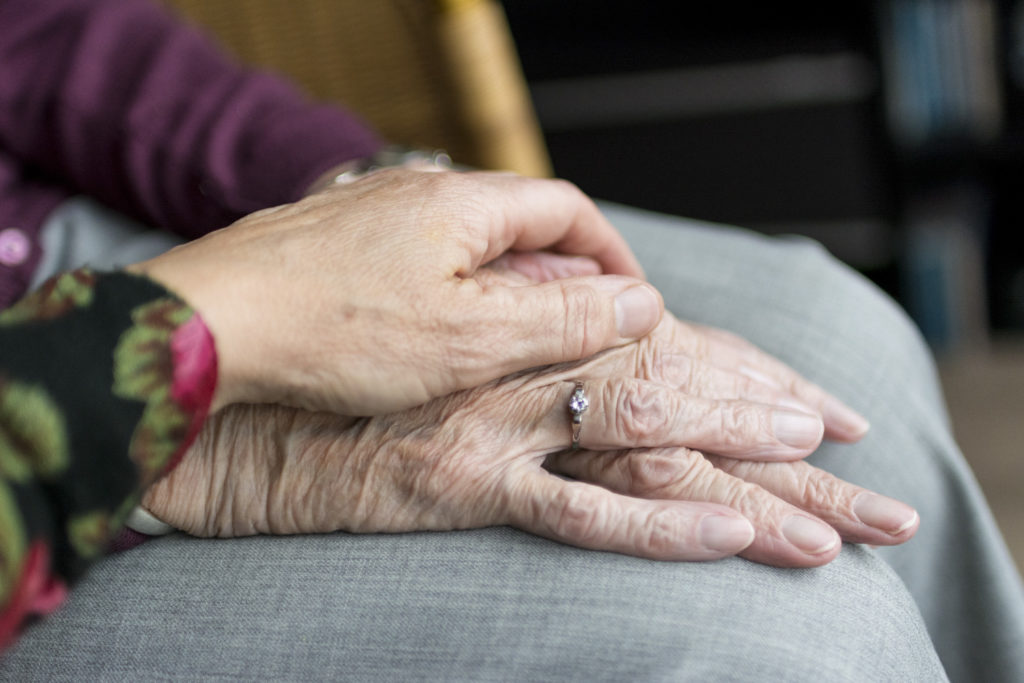
People’s foundation for physical and mental well-being starts with access to fresh air, clean water, and nutritious food. Meeting these basic needs allows us to be healthier today by avoiding hunger, exhaustion, disease, and injury. It also means we are more likely to thrive tomorrow by supporting our ability to withstand adversity.

What You Need to Know
These key issues are essential to understanding how we can support thriving people and places.
Basic Needs for Health & Safety: Public Health
- Chronic underfunding of public health has limited health departments’ ability to: a) modernize labs, surveillance systems, and informatics; b) hire and retain workforce; c) address the underlying health conditions that put communities at heightened risk from COVID-19.
- Root causes of racial and ethnic health and health care disparities limit communities’ ability to be prepared against and recover from public health emergencies, like COVID-19.
- Public health is increasingly focused on equity and the vital conditions for community well-being

Historical Context
THE GOVERNMENTAL PUBLIC HEALTH SECTOR has agencies at the federal, state, local, tribal, and territorial levels focused on the protection and promotion of good health among all the members within its jurisdictions, with special attention to those at elevated risk of poor health. All agencies are engaged in core activities: data collection and analysis; disease and injury prevention and control; and the promotion and/or implementation of health-oriented policies and practices.
In addition to core activities, health departments are:
- Addressing a variety of new issues: the opioid epidemic, the dramatic rise in suicides, widespread vaping and vaping-related lung injuries, weather related emergencies, and the reemergence of vaccine- preventable infectious diseases, like measles
- Developing partnerships with other sectors that impact health and well-being, such as health care, education, criminal justice, housing, transportation and economic development
What is the investment we need to make as a collective community? And how to we align investors to get us where we want to go.”
Paula Morgen, ThedaCare & Imagine Fox Cities

Current Conditions
More health agencies have refocused their attention on the promotion of equity. Systemic inequities have led to higher rates of underlying medical conditions in Communities of Color, increasing vulnerability for severe COVID-19 illness. While everyone is at risk for COVID-19, Black people, Latinos, American Indians/Alaska Natives, Asian Americans, Native Hawaiians, and Pacific Islanders are at elevated risk. The root causes of racial and ethnic health and health care disparities are complex and interconnected, and these inequities existed long before COVID-19.

Trust for America’s Health is partnering with the Florida Department of Health to implement a public health framework to improve the health and well-being of older adults, focusing on areas where public health can support, complement, or enhance aging services. The work strives to engage the public health system in efforts to address the health and well-being of older adults individually and, importantly, by creating the conditions at the community level that older adults need to achieve and maintain their optimal health and well-being.

Pivotal Moves
A Selection of Ideas for Changing Course
PIVOTAL MOVES are decisive actions that could begin now and change the course of community life relatively quickly.
STOP SHORT-CHANGING PUBLIC HEALTH
We need to ensure state, local, tribal, and territorial health departments have the tools, workforce, and systems in place to address existing and emerging health threats.
REDOUBLE EQUITY EFFORTS
END AGENCY SILOS
Prevention, health screening, and treatment services have been siloed in specialized agencies. A transformative approach is needed: All federal agencies impacting any aspect of behavioral health need to collaborate.
EXPAND AGE-FRIENDLY PUBLIC HEALTH
PREPARE FOR THE NEXT MAJOR THREAT
To avoid a repeat of the COVID-19 public health emergency, we must increase funding to build preparedness capabilities in all states, territories, and Tribal Nations.